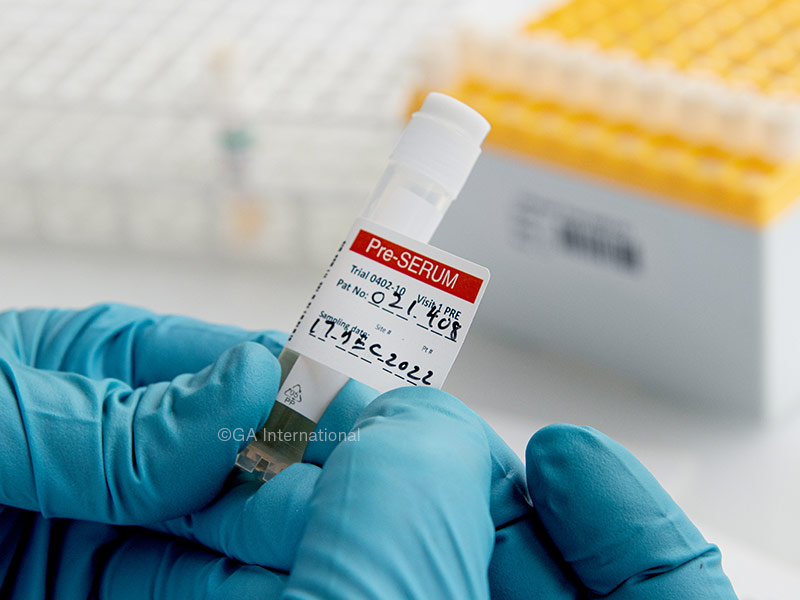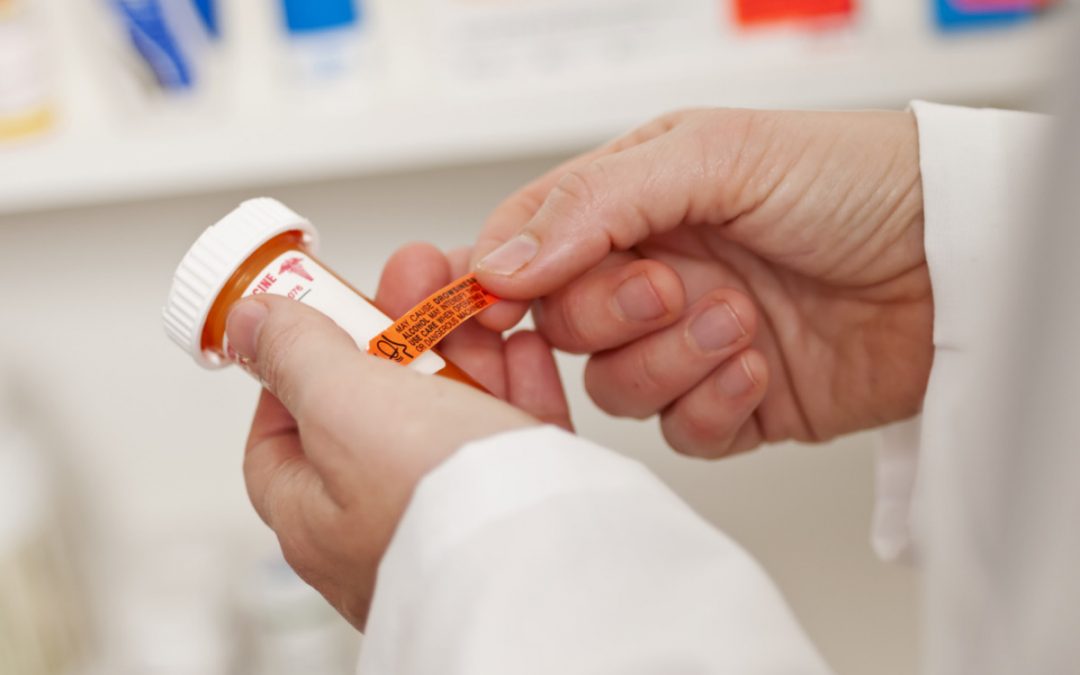The new article describes in detail certain specific aspects related to the labeling for medical devices intended to be marketed and used in Ethiopia, including the way the labeling should be placed and the information it should contain.

Table of Contents
The Ethiopian Food and Drug Authority (EFDA), a country’s regulatory agency in the sphere of healthcare products, has published a guidance document dedicated to the labeling requirements set forth under the existing framework. The document provides an overview of the main requirements the labeling should meet, as well as clarifications intended to assist in interpreting the respective provisions. At the same time, the document is not intended to introduce new rules or impose new requirements, but to provide recommendations to be taken into consideration by medical device manufacturers and other parties involved.
Under the general rule, the content of the labeling should be subject to prior approval by the EFDA. It is also explicitly stated that the elements containing information about the lot/batch, serial number, and also manufacturing and expiration dates should not be covered by other labels, but should remain visible all the time. Should the labeling contain special symbols, such symbols should be properly explained to ensure their correct interpretation. In case the intended use the device is distributed for is different from the one initially specified by the manufacturer, such intended use should be duly reflected in the labeling as well. The same applies to situations when the manufacturer is aware that the product is to be used for a different purpose.
As further stated by the EFDA, the authority reserves the right to request additional information to be included in the labeling, should it be reasonably necessary to ensure that all the important safety- and performance-related information is duly communicated to end-users.
Location of Labeling
The particular location of labeling should be determined on a case-by-case basis depending on the specific features of the device in question, its characteristics, and intended use. When placing the labeling, the following aspects should be considered:
- To the maximum extent possible, the important information should be placed on the device itself, or its primary packaging, in case the first option is not technically feasible. Should this option be limited as well, the information should be reflected in the secondary packaging and instructions for use.
- The medical devices packaged and supplied together could have a common label. The information about such products could be provided in the packaging insert as well.
- In case of multiple products being supplied to the same user, or packaged as one package, it is allowed to provide a single copy of the label. However, additional copies should be provided to an interested party upon request.

Label Format and Symbols
The document further outlines the requirements related to the format of the labeling and symbols used. In this respect, the authority specifies the following:
- In the case of labeling providing information in a human-readable format, it could be accompanied by a machine-readable element.
- The applicable international standards should be considered when determining the format to be used.
- Medical device manufacturers are encouraged to use internationally recognized symbols to ensure they will be interpreted correctly. In this respect, the document refers to ISO 15223 which describes the symbols to be used. At the same time, in case of any concerns regarding the interpretation of symbols, appropriate clarifications should be provided.
Labeling Content
The applicable legislation describes in detail the requirements for the content of labeling. These requirements should be followed to ensure all the important safety- and performance-related information is duly communicated to end-users. The information provided in the guidance is divided into several sections depending on the information type and the place where it should be located. According to the guidance, the information to be provided in the labeling placed directly on the device (when this is required under the applicable legislation) should include the following details:
- Device name: Product’s generic name, and brand name (if exist),
- Batch/lot number (e.g., on single-use disposable medical devices or reagents) or model and the serial number (e.g., on electrically-powered medical devices), version number, where relevant, to allow appropriate actions to trace and recall the medical devices,
- Manufacturing date and/or expiry date,
- Name and address of manufacturer/license holder,
- Country of origin (i.e.- “made in [the country’s name]”,
- Technical details concerning the medical device (e.g., power rating, operating altitude),
- Warnings and/or precautions on the safe use of the medical device.
As was mentioned before, the devices could be supplied being packaged in primary and secondary packaging, and such packaging could contain information about the medical device as well. This information should include, inter alia, the following details:
- The name of the product.
- Batch/lot number or model and the serial number, version number, where relevant, to allow appropriate actions to trace and recall the medical devices.
- The date when the device has been manufactured, or when its shelf life period expires and the device should no longer be used, as its safety and/or effectiveness could be affected. The authority additionally emphasizes that the said information should not be abbreviated, and should include the full month and year.
- The name of the manufacturer and/or another party responsible for a medical device, as well as its address.
- Indication of the intended use.
- Important warnings regarding the potential misuse of the product and risks associated thereto.
- Indications regarding storage conditions to be followed to ensure continuous safety and effectiveness of the device.
- The content of the package (number of devices included).
The authority also states that additional information should be provided in case secondary packaging is used.
Apart from the abovementioned aspects, the document highlights the key points associated with the instructions for use or insert supplied with the device. In particular, the guidance provides a detailed list of elements to be reflected in the instructions for use to ensure compliance with the applicable requirements. It is further explained that the instructions for use should contain the indication of the version and revision date. In the case of medical devices intended for home use by laypersons, it could be also important to include the indication that before making any decision it is necessary to consult with a healthcare professional.
In summary, the present EFDA guidance describes in detail the scope of information to be included in labeling. The document also specifies the requirements regarding the way the labeling should be placed.
Sources:
http://www.fmhaca.gov.et/wp-content/uploads/2022/04/Guidelines-for-Medical-device-Labeling.pdf
How Can RegDesk Help?
RegDesk is a next-generation web-based software for medical device and IVD companies. Our cutting-edge platform uses machine learning to provide regulatory intelligence, application preparation, submission, and approvals management globally. Our clients also have access to our network of over 4000 compliance experts worldwide to obtain verification on critical questions. Applications that normally take 6 months to prepare can now be prepared within 6 days using RegDesk Dash(TM). Global expansion has never been this simple.

